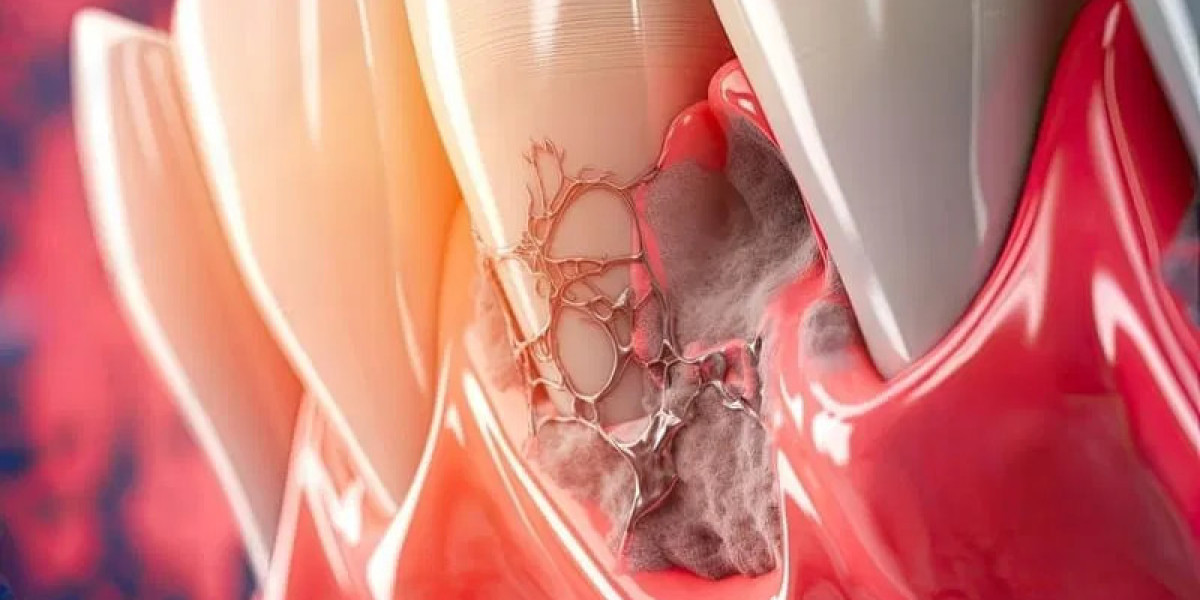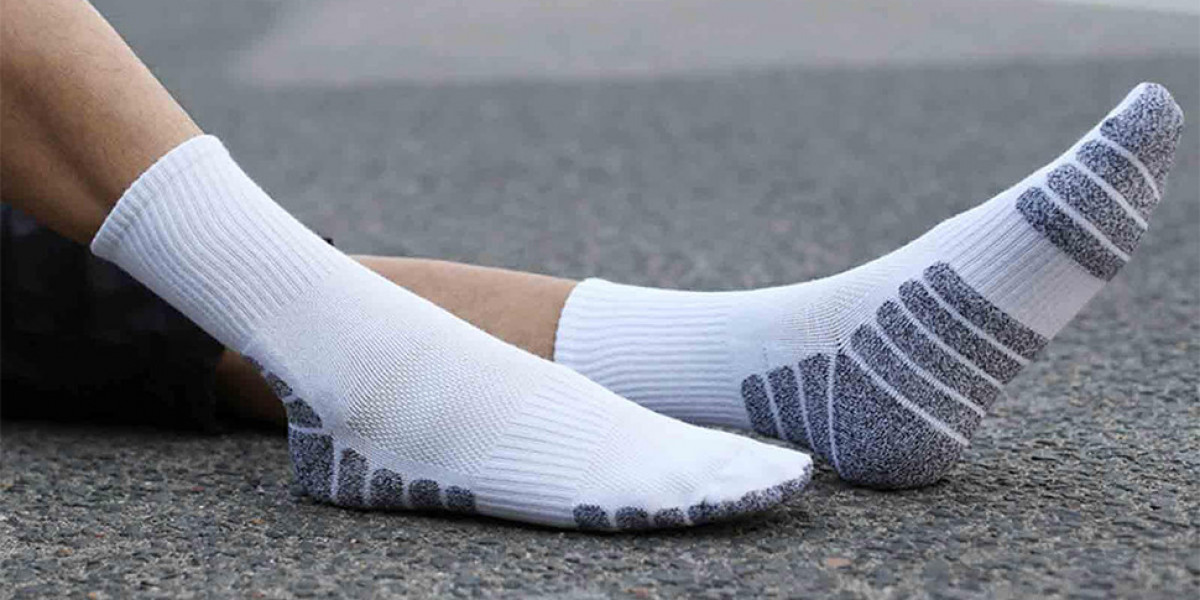Missing teeth can impact not just your smile but also your overall oral health. Dental implants have emerged as one of the most effective and long-lasting solutions for replacing lost teeth. But did you know that bone grafting often plays a crucial role in making implants successful?
Welcome to your complete guide to bone grafting for dental implants in 2025 — a modern, comprehensive look into what it is, why it matters, how it’s done, and what to expect.
What is Bone Grafting for Dental Implants?
Bone grafting is a surgical procedure that adds volume and density to your jawbone. This step becomes essential when the existing bone is not strong or thick enough to support a dental implant.
Over time, tooth loss can lead to bone resorption — the gradual loss of bone in the jaw. Without sufficient bone mass, placing a dental implant becomes risky or even impossible. That’s where bone grafting comes in.
Why is Bone Grafting Necessary Before Dental Implants?
There are several scenarios where a bone graft becomes essential:
Long-term tooth loss leading to bone shrinkage
Gum disease that has eroded bone structure
Trauma or injury to the jaw
Natural anatomy with insufficient bone volume
Planning for implants in the upper jaw, where sinus lifts may also be required
Think of bone grafting as laying the strong foundation before building the house — your dental implant.
Types of Bone Grafts Used in 2025
Thanks to modern dental technology, bone grafting has become safer, faster, and more predictable than ever. The types of bone grafts commonly used include:
1. Autograft (Your Own Bone)
Bone is taken from another part of your body (like the chin or hip) and transplanted to your jaw. This offers the best compatibility and healing.
2. Allograft (Donor Bone)
Bone sourced from a human donor, processed and sterilised for safe use.
3. Xenograft (Animal Bone)
Bone from an animal source, usually bovine (cow), is used and processed for compatibility.
4. Synthetic Graft (Alloplast)
A man-made material that mimics the structure of natural bone.
In 2025, synthetic and donor grafts have become more advanced and widely accepted, with great results in healing and integration.
What is the Procedure Like?
The process typically involves the following steps:
Step 1: Consultation and Scans
Your dentist will use 3D imaging, such as a CBCT scan, to assess bone density and structure. This helps plan the grafting site and material needed.
Step 2: Local Anaesthesia
The area is numbed, and sedation may be used for anxious patients.
Step 3: Bone Placement
The graft material is placed at the required site, and the area is stitched up. In some cases, a dental membrane is used to hold the graft in place and promote healing.
Step 4: Healing Period
This phase usually takes 3 to 6 months, during which your body naturally integrates the graft into existing bone.
Step 5: Implant Placement
Once healing is complete and your jawbone is ready, the dental implant can be securely placed.
How Long Does It Take to Heal?
Healing after a bone graft varies from person to person, depending on the size of the graft, your age, health condition, and lifestyle habits. Generally:
Small grafts may heal in 3 months
Larger grafts or sinus lifts may take up to 6–9 months
You’ll be advised to avoid pressure or stress on the graft site and follow a soft diet for a few weeks post-procedure.
Risks and Complications to Know
Bone grafting is a highly safe procedure when performed by an experienced specialist. However, as with any surgery, there are some potential risks:
Swelling and minor discomfort
Bleeding at the graft site
Graft rejection or infection (rare)
Delayed healing
Choosing the best dental clinic in Dubai can significantly reduce these risks. Look for clinics with skilled oral surgeons, high success rates, and advanced diagnostic tools.
Bone Grafting in 2025: What's New?
Here’s what’s changed and improved in the world of bone grafting for dental implants in 2025:
Minimally invasive techniques: Smaller incisions, less discomfort, and faster healing
Bioactive materials: New-age grafts stimulate natural bone growth more efficiently
PRF/PRP therapy: Use of your own blood platelets to accelerate recovery
Same-day graft and implant: In select cases, both can be done together
The best dental clinics in Dubai now offer these modern solutions, combining cutting-edge science with patient-focused care.
Frequently Asked Questions
1. Can I get implants without bone grafting?
In some cases, yes. If your jawbone is healthy and dense enough, you may not need a graft. However, your dentist will decide after diagnostic imaging.
2. Is bone grafting painful?
Most patients report only mild discomfort, managed with over-the-counter medication. It feels similar to a routine extraction.
3. Can I smoke after the procedure?
Smoking delays healing and increases failure risk. It’s strongly advised to quit before undergoing a graft or implant.
4. Will the graft last forever?
The goal is for your body to naturally integrate the graft, making it a part of your jawbone permanently.
Why Choose Expert Dental Implants in Dubai?
When planning a procedure as important as dental implants and bone grafting, choosing the right team makes all the difference. Opt for clinics that offer:
In-house oral surgeons and implantologists
Advanced imaging and diagnostics
Proven track record of successful cases
Transparent consultation and post-op care
Several clinics offering expert dental implants in Dubai now provide all-in-one solutions under one roof, making the journey smoother for patients.
Final Thoughts
Bone grafting for dental implants may sound intimidating, but in reality, it’s a highly effective and safe step that ensures your implants last for decades. With the latest advancements in 2025, the process is faster, more comfortable, and yields better results than ever before.
If you're looking for a seamless experience, prioritise your oral health by choosing the best dental clinic in Dubai — a place where technology meets expertise. Their commitment to offering expert dental implants in Dubai ensures you receive top-notch care from consultation to final restoration.
Your perfect smile begins with the right foundation — and that foundation is built with the support of expert bone grafting.









